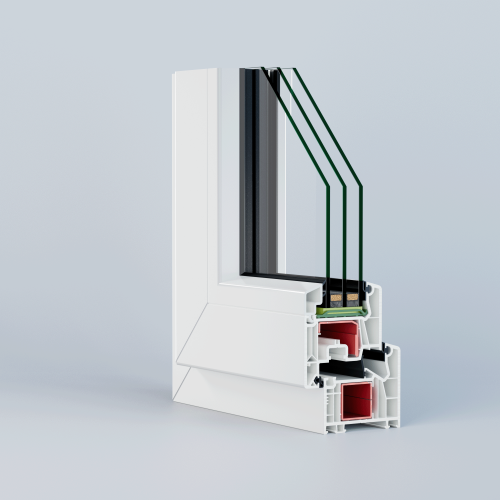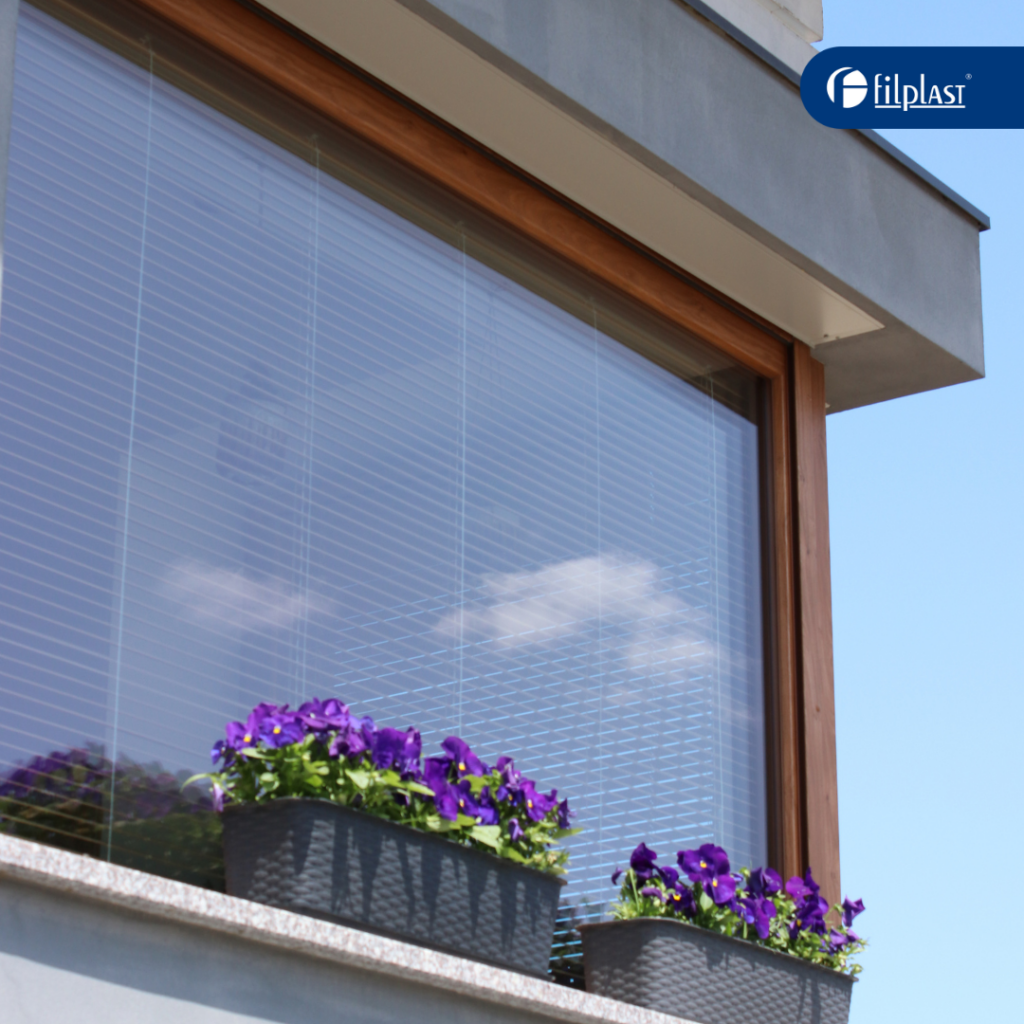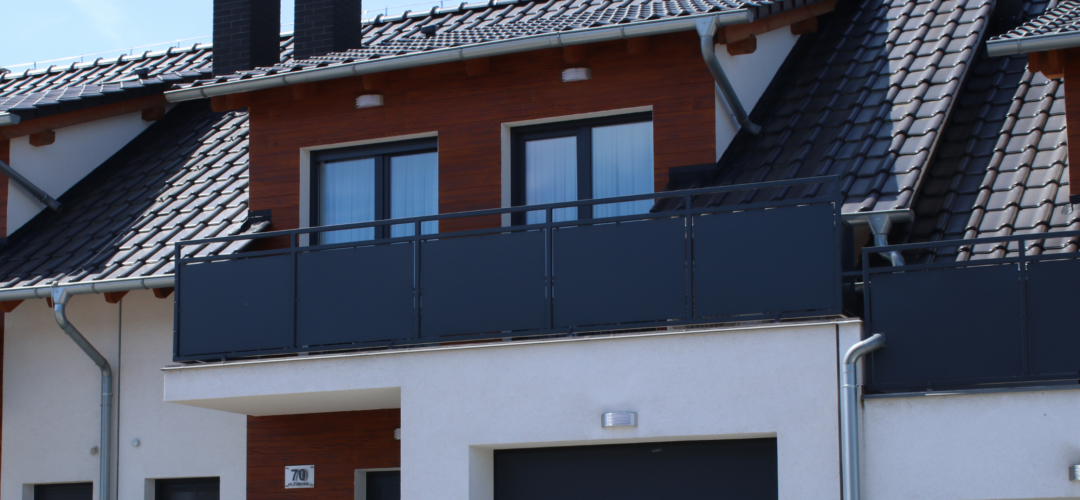Triple-glazed windows are becoming the new standard in energy-efficient homes across the UK. But does the third pane of glass really make a noticeable difference to your energy bills? And are double-glazed windows still a viable option in today’s building regulations?
Where are triple-glazed windows recommended?
Triple glazing is not mandatory under UK law, but it is strongly recommended in newly built and renovated residential properties aiming for high energy performance.
According to Approved Document L of UK Building Regulations, the maximum U-value for windows in new dwellings is 1.2 W/m²K. While this can technically be achieved with high-quality double-glazed units, triple-glazed windows provide much better insulation and help future-proof homes as standards continue to evolve. Triple glazing is also a popular choice for:
- Passivhaus-standard homes
- Low-carbon or net-zero buildings
- Cold or exposed regions of the UK
- Homeowners who want to reduce long-term heating bills
Why does triple glazing matter? Understanding U-values
The thermal transmittance of the glazing unit itself (Ug) significantly affects the overall U-value of the entire window (Uw). Typical values:
- Triple-glazed units: Ug = 0.5–0.6 W/m²K
- Double-glazed units: Ug = 1.0–1.1 W/m²K
It is very difficult to meet a full window Uw of 1.2 W/m²K with standard double glazing – especially on larger window units. Triple glazing ensures better thermal performance across all sizes.
What savings do triple-glazed windows offer?

Triple-glazed windows reduce heat loss in winter and help maintain cooler interiors during summer. This results in lower energy bills and improved comfort throughout the year.
For a 150 m² house, the savings can amount to over £273 during a single heating season!
Let’s take an example:
- House area – 150 m2
- Total window area – 25 m2:
• 2 single-leaf windows 1100 mm x 1450 mm
• 5 double-leaf windows 1700 mm x 1450 mm
• 1 single-leaf window 600 mm x 1450 mm
• 2 balcony windows 900 mm x 2300 mm
• 1 tilt-and-slide door 2000 mm x 2300 mm - Average temperature difference between the interior and exterior during the heating season: 22°C
- Heating season duration – 4800 hours
- Price of 1 kWh of energy: £0.28/kWh
| Size (mm) | Uw for the glass pane Ug=1.1 Wm2/K Warm edge spacer | Uw for the glass pane Ug=0.7 Wm2/K Warm edge spacer | Uw for the glass pane Ug=0.5 Wm2/K Warm edge spacer |
| 1100 x 1450 | 1.2 | 0.94 | 0.81 |
| 1700 x 1450 | 1.2 | 0.97 | 0.85 |
| 600 x 1450 | 1.3 | 1.0 | 0.94 |
| 900 x 2300 | 1.2 | 0.94 | 0.81 |
| 2000 x 2300 | 1.2 | 0.91 | 0.75 |
| Average Uw | 1.2 | 0.96 | 0.83 |
Annual savings calculation
W = ∆UW * total window area * average temperature difference * heating season duration
| System | Glass panes package | ΔUw | Annual savings for the model house |
| ClimaStar 76 MD | Ug =0.5 instead of Ug = 1.1 | 1.2-0.83=0.37 | (0.37*25*22*4800*£0.28)/1000 = £273.19 |
Double-glazed window units – where can they still be used?
Double-glazed windows are still commonly used in areas where thermal performance is less critical, such as garages, basements, or utility spaces. Additionally, double-glazed windows are installed in non-residential buildings subject to lower energy requirements. These include, for example, utility buildings, production halls, warehouses, or temporary structures not intended for long-term use. However, they are not ideal for heated living spaces, especially if you want to reduce bills or improve comfort.
PVC windows – triple-glazed or double-glazed?

For most homeowners building or upgrading a house today, triple glazing is the logical long-term investment. The upfront cost difference compared to double glazing is often offset by energy savings within just a few years.
It’s not only about the glazing unit – modern triple-glazed windows often come with:
- Improved sealing,
- Warmer edge spacers,
- Better sound insulation,
- Enhanced comfort in winter and summer.
